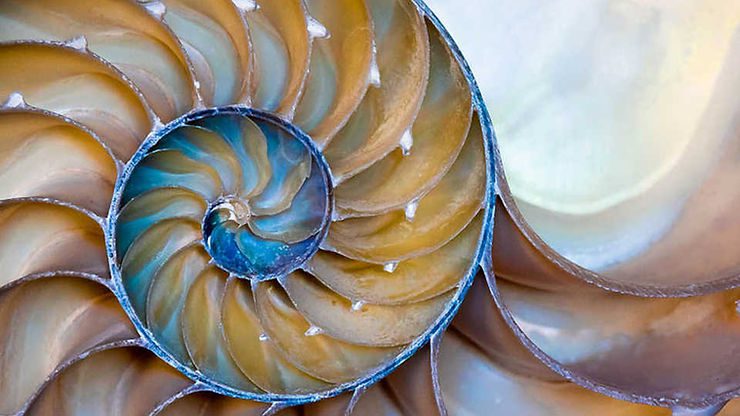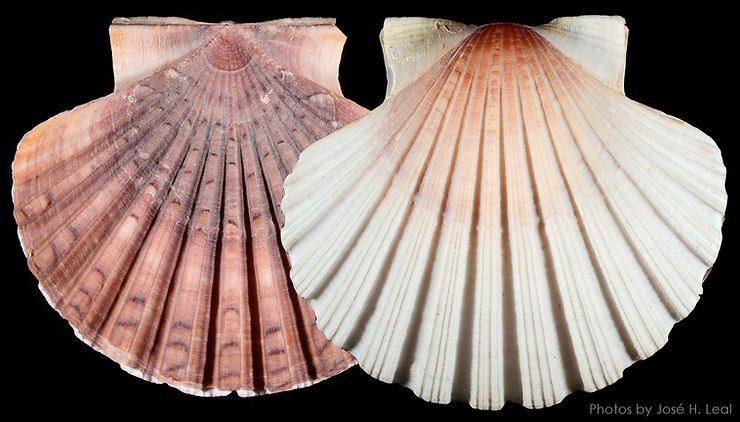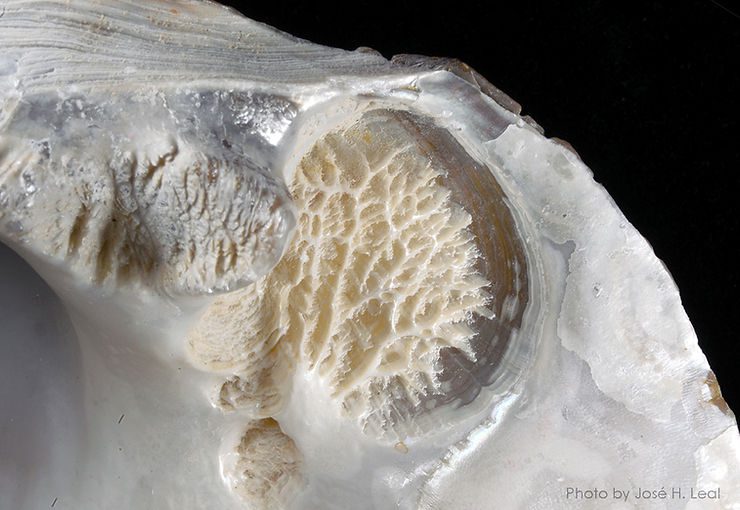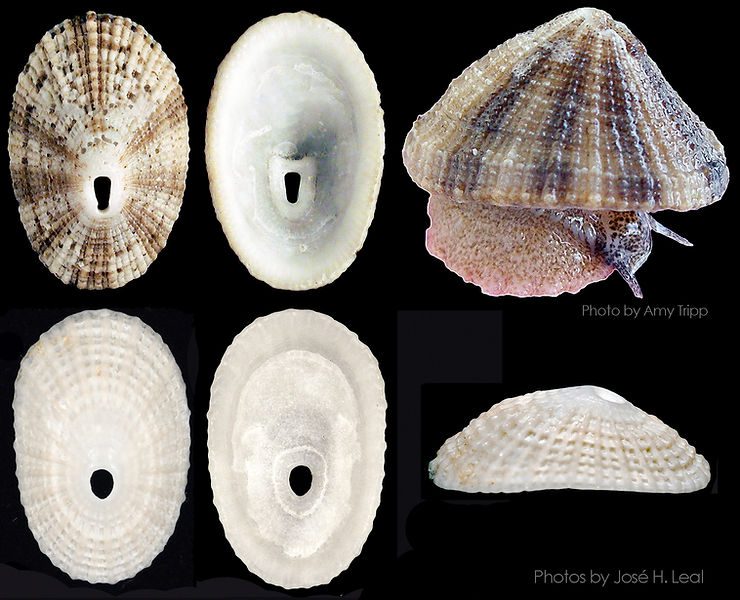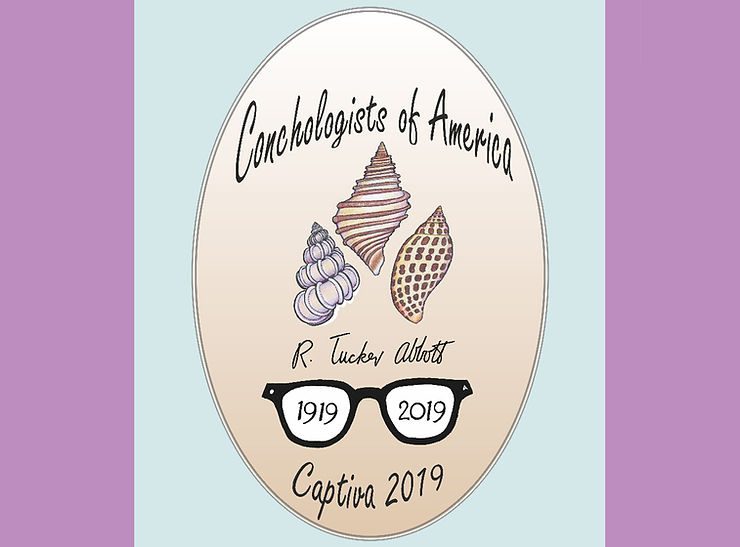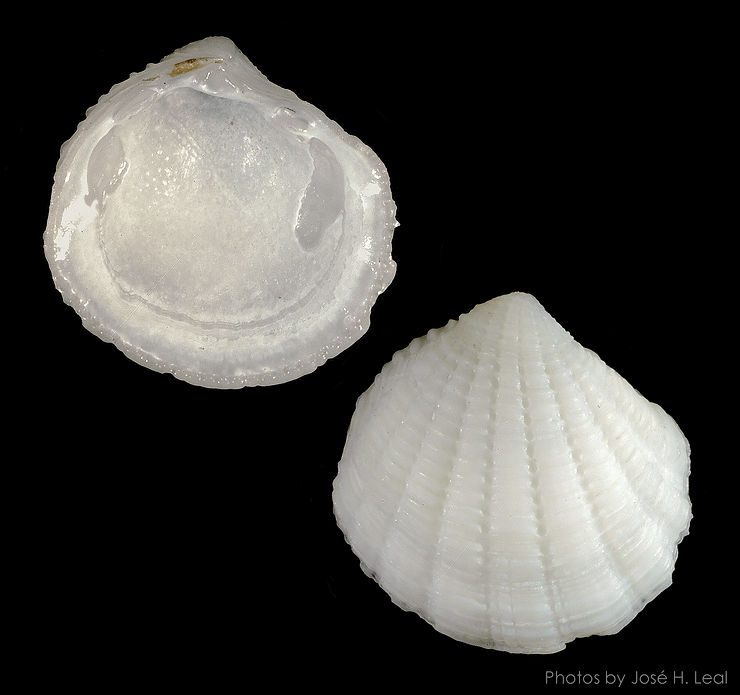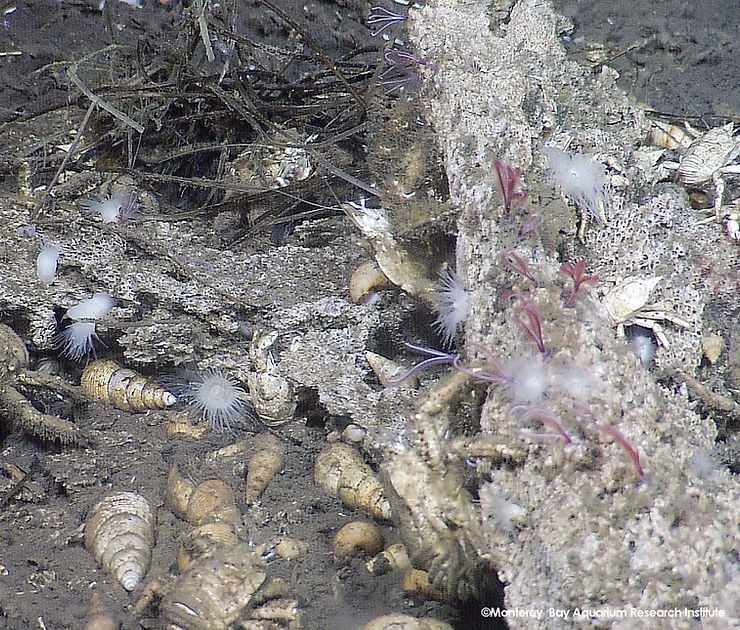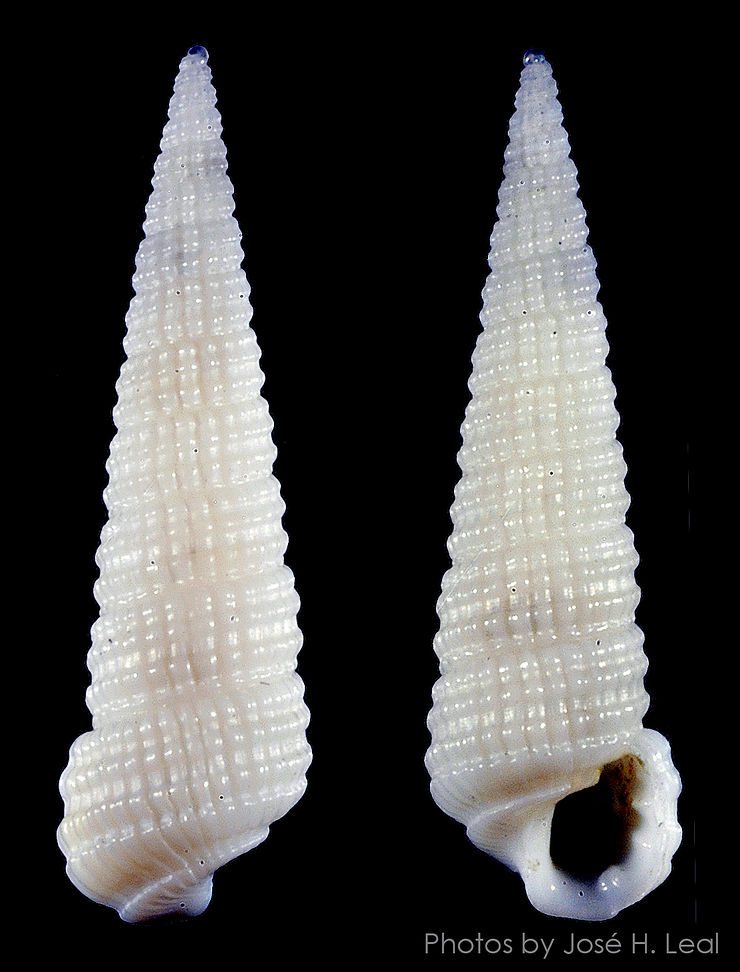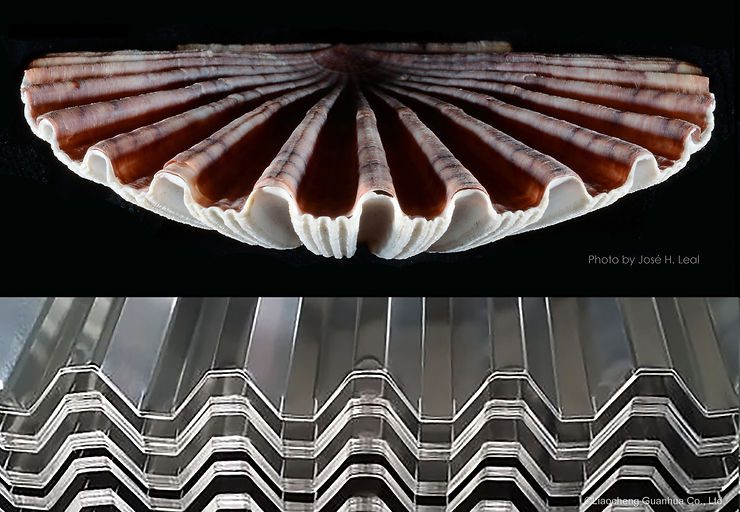
The Corrugated Bivalve
Among the features that hold my attention in a Mediterranean Scallop are the strong, sharp-edged ribs, which are sometimes distinctively squarish in cross-section. They remind me of a corrugated roof, or the core of corrugated cardboard. Corrugated arrangements add great strength to structures, without adding too much weight to them. In a bivalve shell, the corrugations not only add strength, but also help keep the valves aligned and tightly closed, preventing a predator from easily sliding one
